Decorators get all kinds of requests for services from furniture layout to full home designs. I like the variety of smaller jobs with the ones that go on forever. Two of my favourite tasks are rehanging art to best advantage and providing the last layer of accessories in a home. Sometimes I get to do both in the same house!
Over the next several posts I want to provide a glimpse into the thought processes I use when accessorizing a client's space. Think about it as adding the icing to an already great cake. If you do it for your own home or as a professional service, the task is really the same. You have to juggle design principles with individual taste (both decorator& clients) and existing elements in the home.
Sometimes homeowners have objects to incorporate in the design and other times you may start with a clean slate. As a decorator, I find a clean slate more difficult because I want to choose accessories that are "sensible" for the homeowner. By that I mean I want to select objects that relate to family composition, budget, existing objects and interests. Here's a little of how it goes.....
Use what is important to you
Re-use objects from other rooms
Mix shapes and scale
This is a perfect example of how existing objects can form the backbone of a great vignette. The crystal vase was a wedding gift and the lamp was in another room, but the scale was too small for that space. The homeowners had the mirror from their previous home. When I saw the silver cut edged design in the frame that mimicked the cuts in the crystal, I knew it would work. I have to admit I am a firm believer in giving new life to "previously loved" things.
There is variety in the shapes in this vignette. The major objects (table and mirror) are rectangles, the bottle, vase and lamp are cylinders, the ceramic bowl a softened square. Spheres are introduced in the top of the bottle and the floral shapes. The leaves serve to soften all the shapes with their lovely droop.
Have a mix of warm and cool tones
The homeowner wanted something to put keys in so the soft white ceramic bowl with a coppery/bronze interior was chosen. If everything is silver why add warm tones ? I like to mix metals for interest. The jar behind the bowl is mercury glass and it has a bronzy metal top- both work with the warm tones in the orchids. So three cool tones and three warm tones. I always mix warm and cool.
Choose an accent colour from other objects or art
Move the accent colour around the vignette and the larger space
Pay attention to the geometry in a space
Move colours around the vignette. This is a must for success. When you have a mirror and a small space you can depend on what is on the opposite wall to add to your vignette. You can see glimpses of the opposite side of the porch in the mirror.
Choosing an accent colour
All the walls on the main floor are a cool blue gray. You already know I like to mix warms and cools in any scheme, so I wanted a warm colour to offset the cools. The first thing I chose for this room was the art. The pillow was second. The art was chosen based on what I observed hung in the home on my first visit. Two of the pieces had orange as a primary colour and both had elements of landscape in them. This is a more interpretative landscape which is also usually a safe purchase. The lines of design in the painting bring the viewer in an up thus adding depth and height to this small space. it works well with the scale of the bench and the the nine foot ceiling.
I couldn't pass up the repetition of the back shape of the bench in the pillow. It serves to break up the dark in this small space and moves your eye around. I also love how the diamonds duplicate the linear quality of the trees but in a more complicated way.
Choose items that can work in several formations
If you choose your objects wisely you can move them around and add seasonal items to the decor when needed. And most importantly of all do not get over stressed when things mysteriously get bumped or shoved off centre as the table in the above shot! People live there.
And that is why homeowners call a decorator!





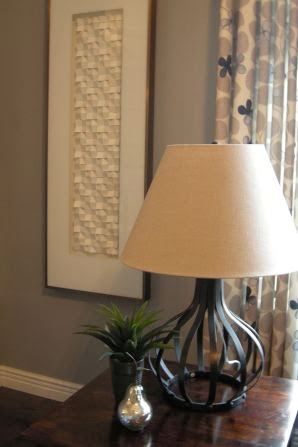
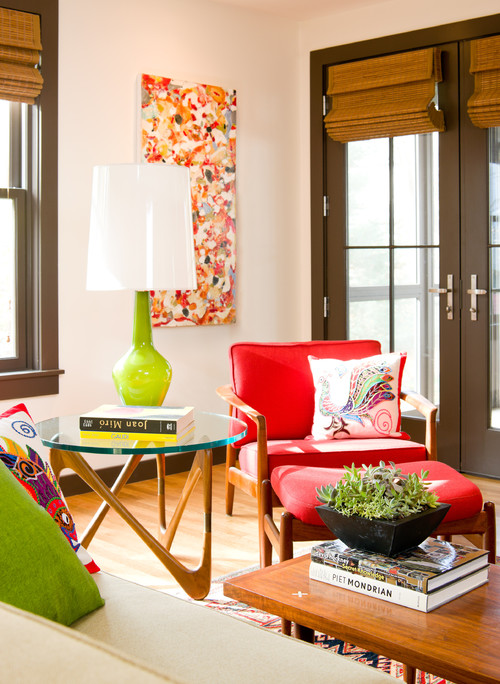

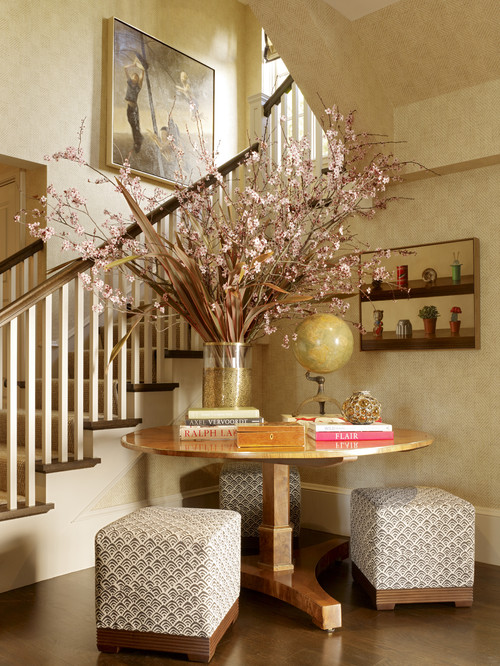
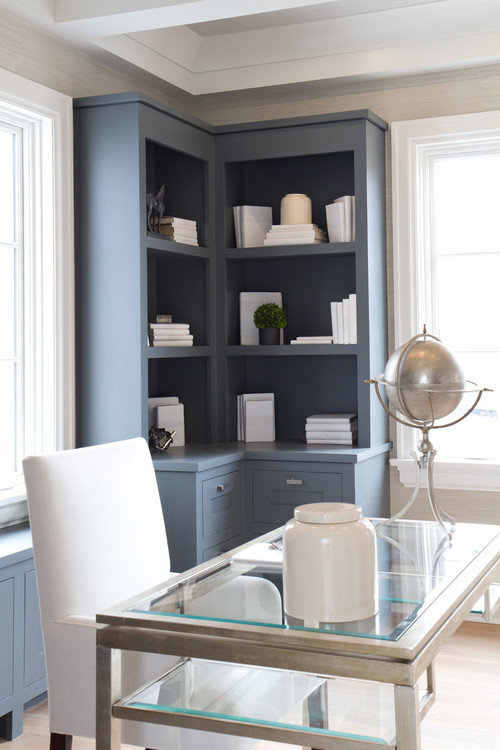
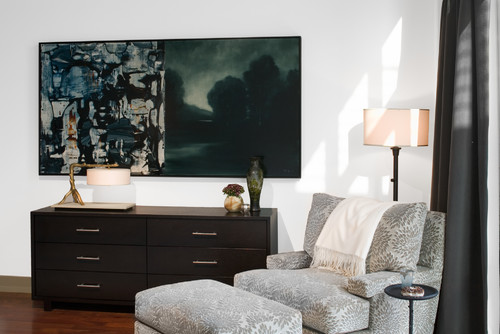

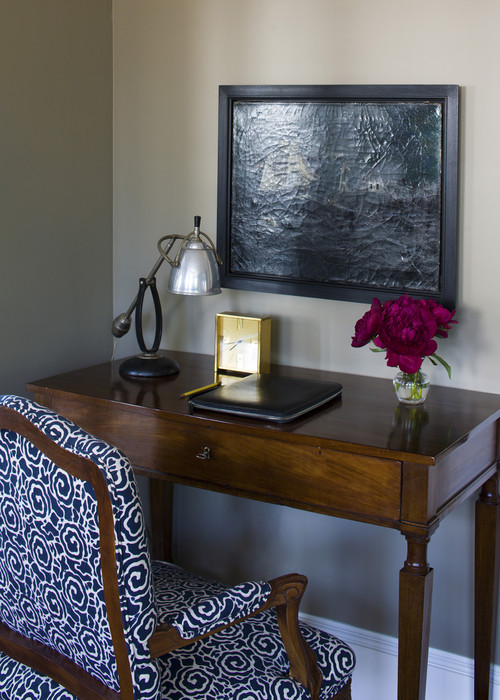
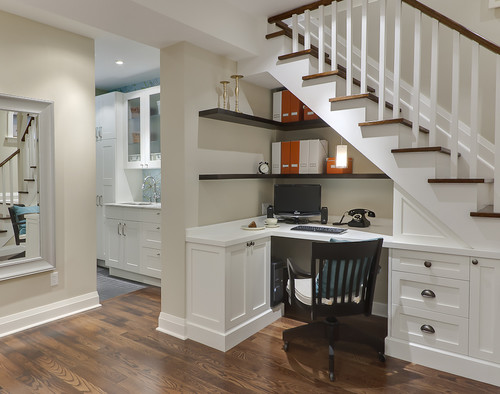

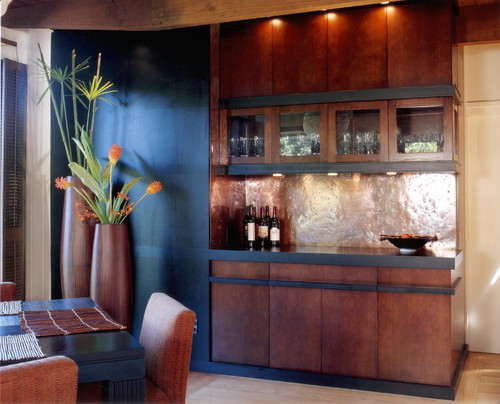

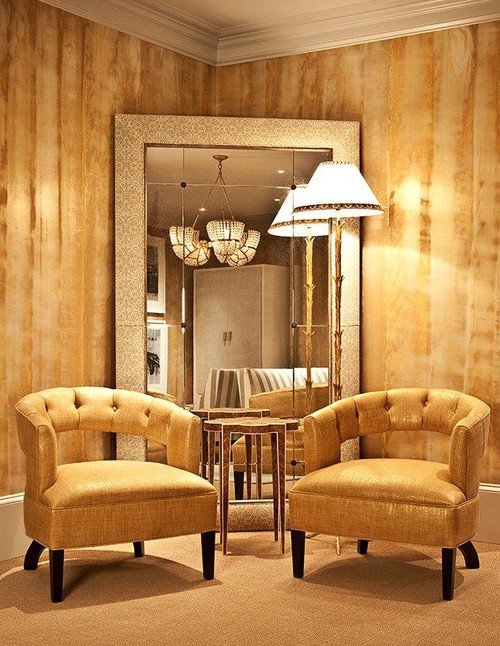








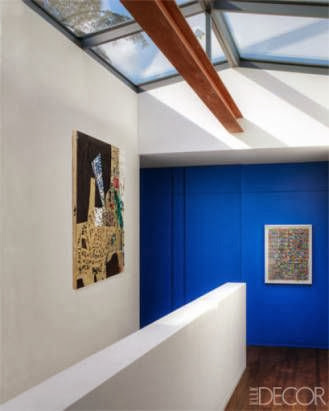









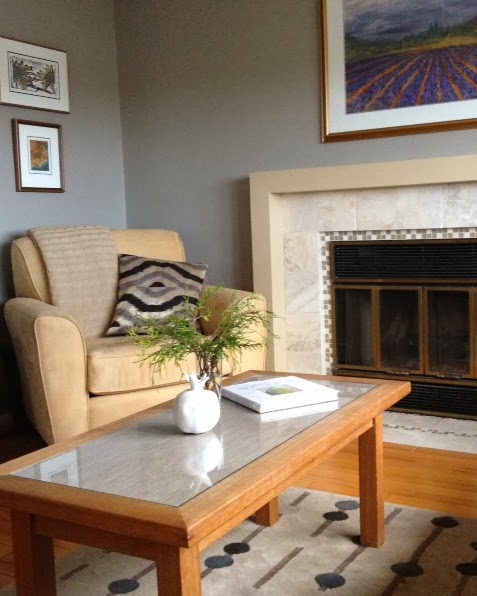
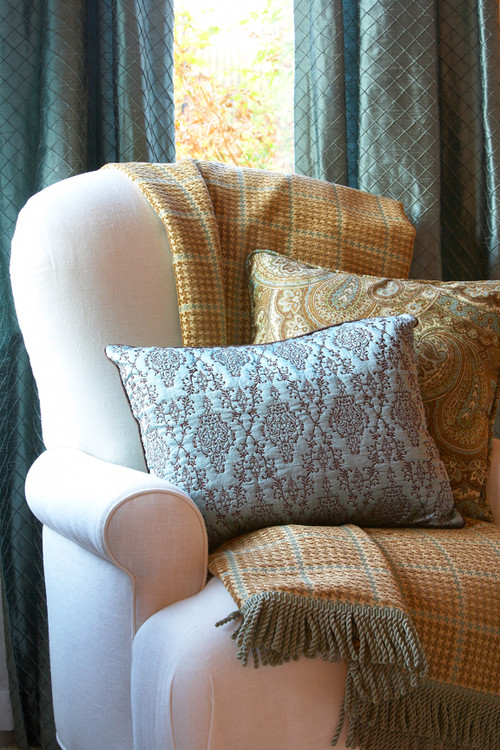









.JPG)

.JPG)








